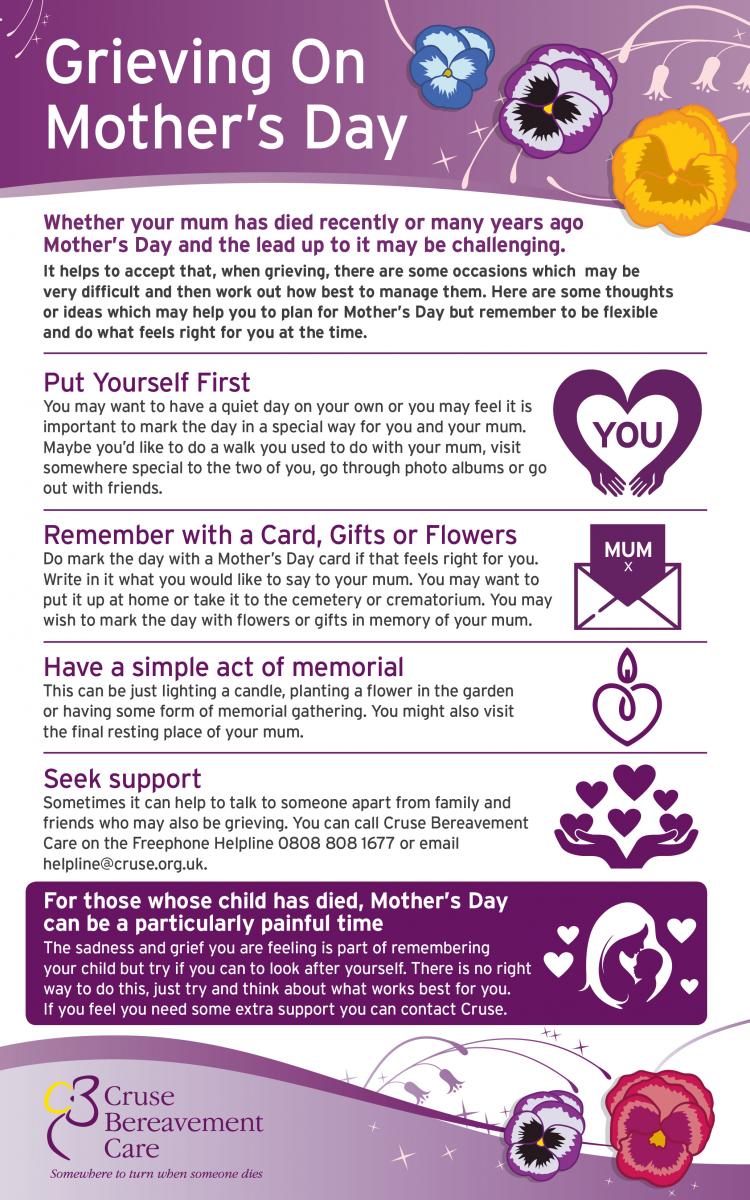I first published this post in November 2016. I feel it is still very relevant now in November 2024.
——————————————————————————————————–
This morning the news and social media shows me so much anxiety about the changes to come over the next few months.
What is it about change and this change in particular that is causing this level of concern?
Change is always a step into the unknown. It takes us out of the comfort of the familiar and predicable. But even that is an illusion as nothing is truly fixed. The world we live in is fluid and changes with every breathe but to acknowledge that can be terrifying. How could we function if we wondered what would happen every second? How could we achieve anything?
So we ground ourselves in the familiar, the routine, the predicable and it comforts us and makes us feel safe. For those already prone to suffering from anxiety, this isn’t easy anyway and it can be exhausting.
And then something as big as todays news happens. There is something about it that shows a level of change that really makes it hard to hide in the comfort zone. It was the same with the result of the Brexit referendum that many people are still struggling with in the UK.
I am trying to work out what the real anxiety is, is it really to do with the change that is coming as politicians come and go yet this feels very different.
I don’t have an answer but some of the things that are coming to mind are around vulnerability.
One person we will never meet on the other side of the world has the potential to have a huge impact on each of our lives. That is a scary thought, that we are so vulnerable. How can we be in control of our own destinies if that is the case?
If that person has very different values to us, what is going to happen? Do we have the resources to stand up for our values in the face of that sort of opposition? Where would our safety and security be then?
How do we live with people with different values to us? If the power in the world is held by white, straight, Christian males who appear to promote values that show anyone who isn’t the same as them becomes the “other” and the “other” is of less value what happens to those of us who don’t fit the categories? How many others in the world around us hold those views. How safe is that world?
So we feel vulnerable. And that leaves us anxious.
And today a lot of people are extremely anxious.


